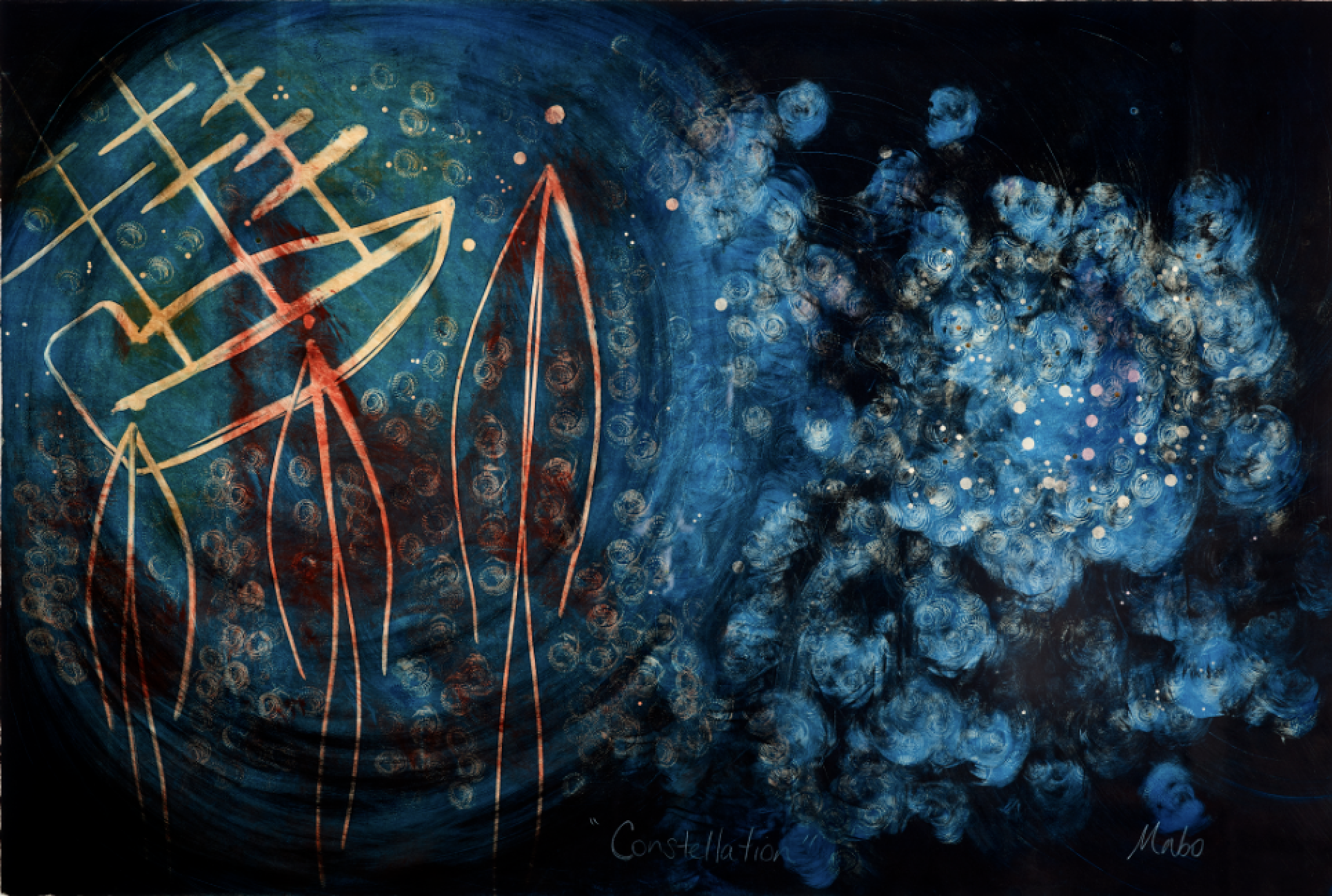Post-Mabo Dreaming and Yuramiru’s European Explorations
Rodney Hall’s The Lonely Traveller by Night
Abstract
Rodney Hall’s seven book fictional account of European imperialism and Australia spans some 260 years, from 120 years before settlement/invasion, to some 140 years after. The writing of the heptalogy occupied Hall for approximately 15 years; it was commenced in the prelude to the 1988 Bicentenary, encompassed the years of Mabo and Wik, and concluded at the end of the century. Publication spanned 1988-2000.
This paper focuses on The Lonely Traveller by Night—the second book in the heptalogy’s historical chronology. Hall wrote the Lonely Traveller by Night in 1994 in the wake of Mabo, and after three decades of intense personal activism in support of Indigenous rights. The book tells the story of Yuramiru, an indigenous man from Ikara/Wilpena Pound. Yuramiru is first encountered being sold as a curiosity in Venice in 1667, before becoming embroiled in the military and existential tussle between Venetian and Ottoman empires.
This paper reads Hall’s representation of Yuramiru as a bold counter-narrative challenging fundamental moral and ethical principles that underpinned the clash of civilisations as European empires came to terms with the southern continent and its Indigenous inhabitants. Published at a time when ‘first contact’ novels were rife in Australian literature (Hall had already written his own as part of the heptalogy with The Second Bridegroom (1991)) The Lonely Traveller by Night presents an audacious inversion of ‘first contact’, which is powerfully effective as literature and—in the context of Mabo—groundbreaking as polemic.
Downloads
Published
Issue
Section
License
The copyright for articles in this journal is retained by the author(s), with first publication rights granted to the journal. By virtue of their appearance in this open access journal, articles are free to use with proper attribution in educational and other non-commercial sectors.Attribution-NonCommercial-ShareAlike 2.1 Australia
This work is licensed under the Creative Commons Attribution-NonCommercial-ShareAlike 2.1 Australia License. To view a copy of this license, visit http://creativecommons.org/licenses/by-nc-sa/2.1/au/ or send a letter to Creative Commons, 543 Howard Street, 5th Floor, San Francisco, California, 94105, USA.

